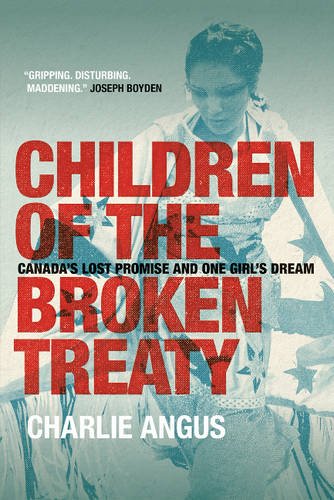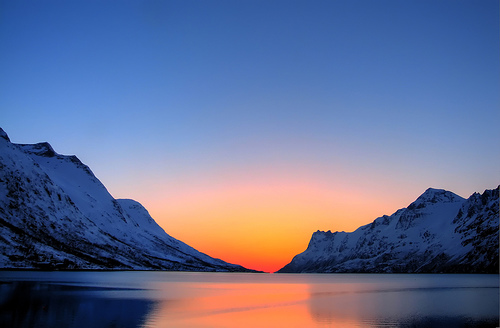
Women and the Indian Act
Lawrence Paul Yuxweluptun, An Indian Shooting the Indian Act.
Photo from TRIBE INC.
http://www.tribeinc.org/exhibitions/lawrence-paul-yuxweluptun-an-indian-shooting-the-indian-act/
Introduction
Passed in 1876, the Indian Act is a racist, sexist piece of Canadian legislation that amalgamated older colonial legislations to construct the modern legal category of “Indian status.” Status Indians under the provisions of the Indian Act are entitled to certain federal benefits secured by treaties (treaties are ongoing nation-to-nation agreements signed between the Crown and First Nations peoples). Canada signed treaties with First Nations people to have access to the latter’s land; in return, Canada was bound by law to provide for First Nations people. Legally, treaties were supposed to guarantee First Nations peoples the right to Indian band membership, band voting rights, certain tax exemptions, the right to live on Indian reserves, the right to fair and equitable education and health, the right to vocational training, the right to hunt and fish, and many more significant rights not granted to settler Canadians.[1] Canada, however, through the ever-restricting clauses of the Indian Act, nefariously governed, legislated, and controlled, as well as tried to assimilate large segments of First Nations into mainstream Canada by attacking Indigenous identity—hit particularly hard were First Nations women.[2]



